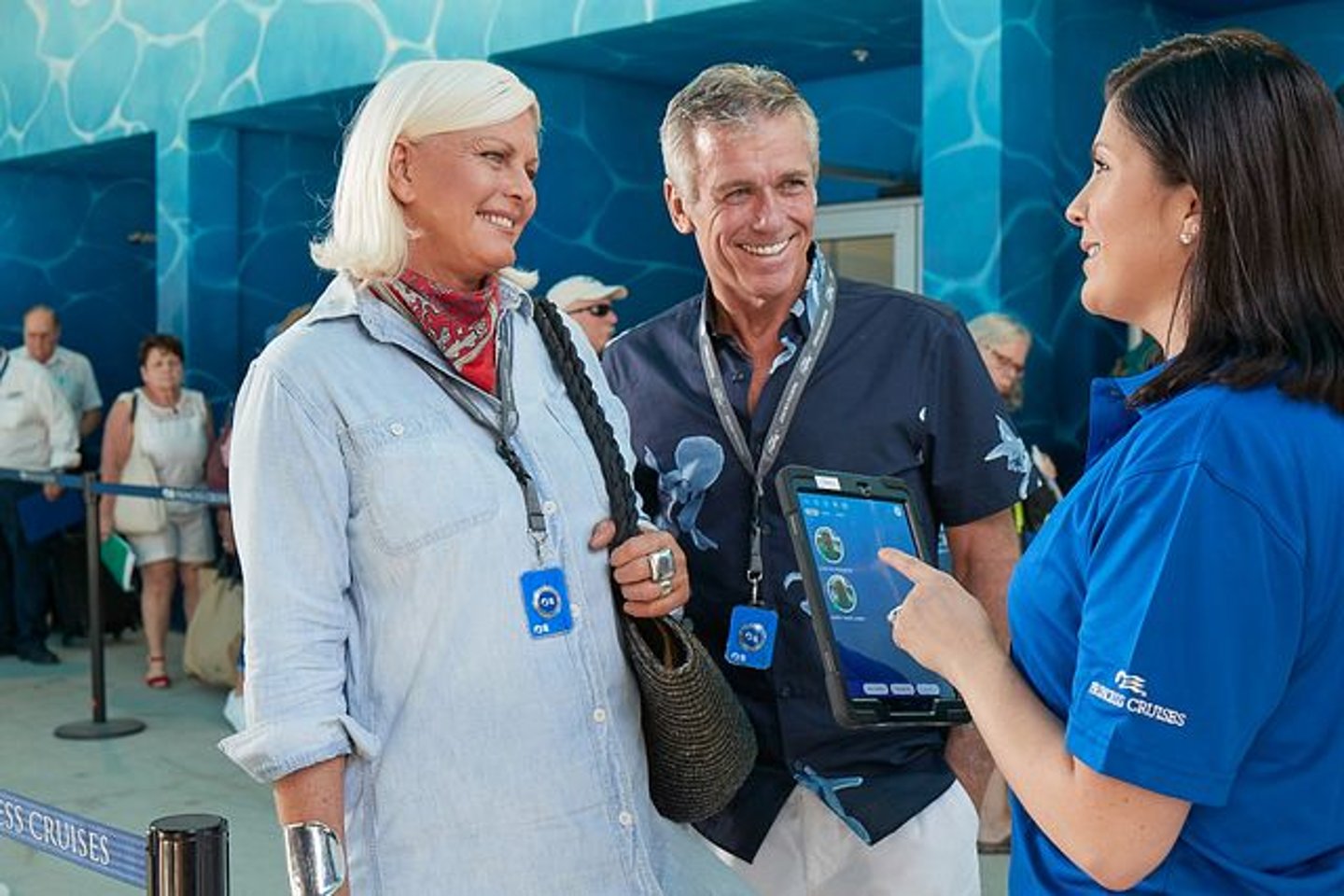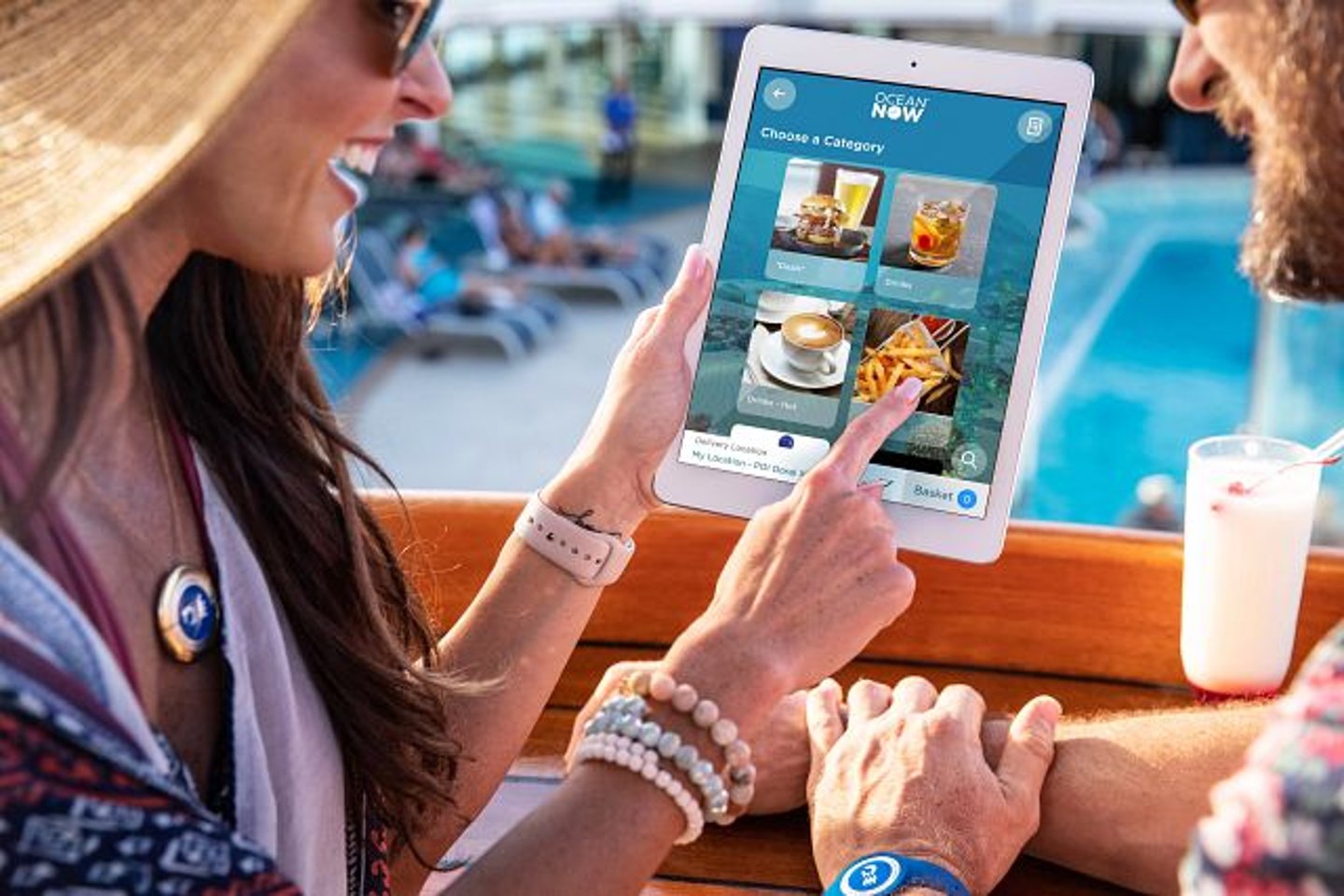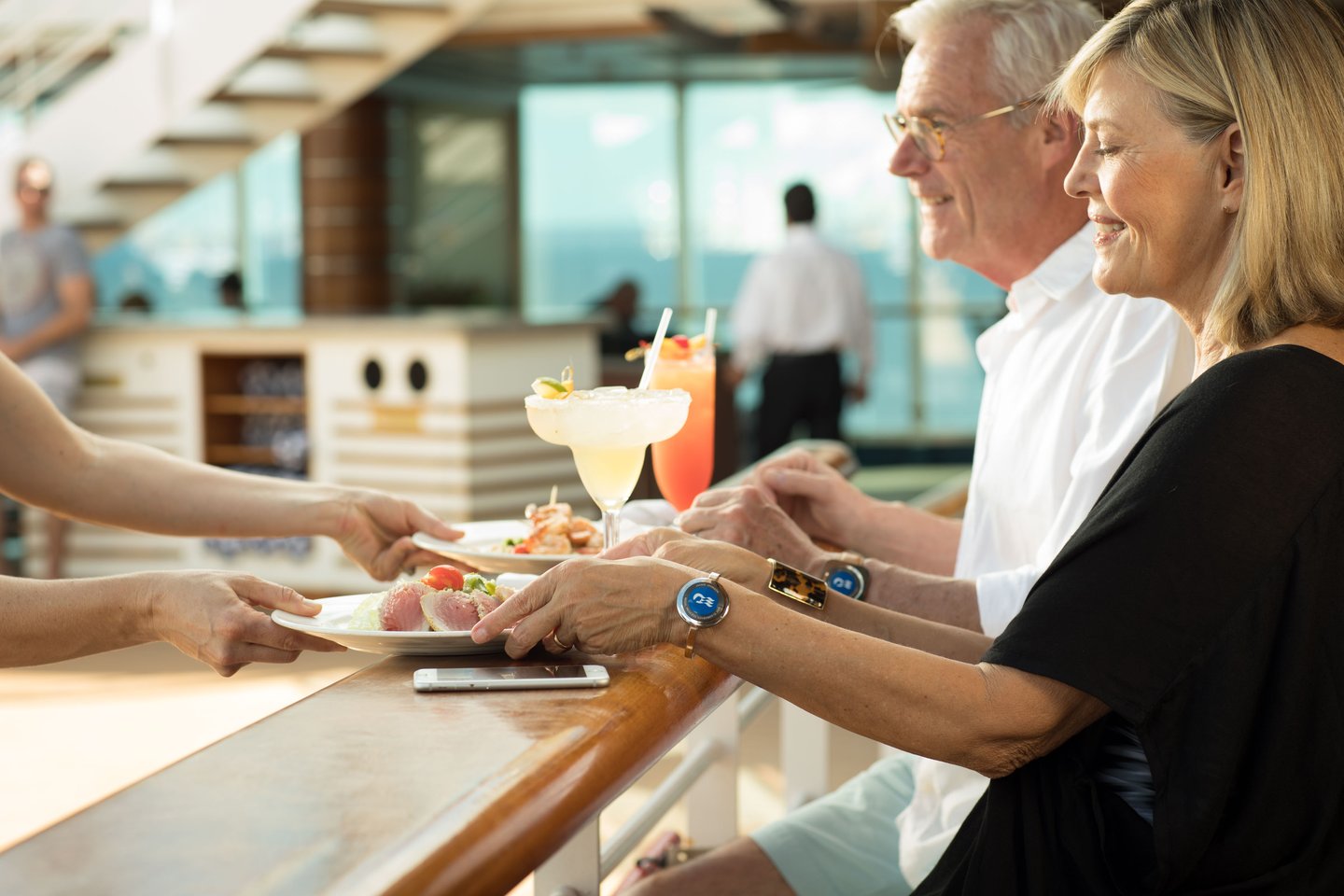Carnival's Ingredients for Success: Vision and Conviction
In the first part of HT’s deep dive into Carnival Corp. and its OceanMedallion technology, we learned in detail about the technology needed to turn a decade’s long vision into reality and how its exemplary execution has turned the Princess Cruise line into a leader in both the guest and staff experience for the hospitality industry. Here in part two of this series, we gain deeper insight into how John Padgett, Chief Experience and Innovation Officer at Carnival, puts together the team, strategy and vision to create technologies that drastically improve the hospitality experience.
A Vision Followed by Unwavering Conviction
Since the debut of this technology, Padgett has had many Fortune 500 companies – including those in the hospitality industry – visit with him and his Global Experience and Innovation team to learn about the platform. Inevitably, they’ll mention that they have an “innovation strategy,” which grinds Padgett’s gears.
“Innovation is not a strategy,” he says. “Innovation is a method to achieve a business strategy. Innovation is doing whatever the hell it takes to achieve your goal. If it takes inventing something, you invent it. If someone else has what you need, you partner with them, build great relationships and leverage it.”
And Padgett has a very specific way of achieving his business strategies. While some businesses subscribe to either the Agile or Waterfall development methods, Padgett doesn’t see much value in their approaches. Instead he prefers to follow a method of his own creation that has been proved successful during his time at both Disney and at Carnival.
“I establish a vision that is crystal clear for where we need to be five years from now,” he explains. “Everyone in the company, from the CEO to the board to all levels of the operation, has to be committed to this goal. And then I assemble a holistic team of passionate professionals that collectively possess exceptional creative, technology, operational, and business capabilities to agree that their purpose is to work together in order to reach that main goal."
Padgett uses a global network of relationships to bring in other companies as well as individual “free agents” to work with, because what is most important to him is that the team achieve the goal – not organizations, legacy processes or enterprise politics that all distract from the mission. Once achieved, Padgett doesn’t just let the technology “go” to sink or swim on its own during its first real-world applications. Instead, his team stays directly connected to the technology as it is operating and only “leaves its side once it is in perpetual motion.”
“If you’re not willing to operate what you’ve created in front of a guest and alongside an operator, then you are never holding yourself truly accountable,” Padgett notes. “Consuming – not just delivering – that experience, creates the passion to go back and refine and improve and enhance and align and pull everyone together to become even better. Perfection does not exist but must be relentlessly pursued.”
Of course, that’s not to say there won’t be some roadblocks along the way. Even with the best team, the most supportive CEO, a committed board and the greatest vision – setbacks are bound to happen, Padgett says.
“If you have the mindset that a roadblock is an impassable obstruction, you shouldn’t even start,” he adds. “If it was easy to accomplish your goal, anyone could do it and it would already be done. You just have to understand that digital transformation and changing enterprises at scale is hard.”
In 2020, Carnival planned to convert five ships into MedallionClass ships, Padgett gives as an example. Then the pandemic happened. These ships were located all over the word and travel was shut down completely. But Carnival still managed to achieve its goal and convert all five ships. It took a tremendous amount of coordination, partnership with operations, commitment from the board, etc., but eventually it all came together.
“Another company might have used the pandemic as an excuse to stall, lower ambitions and buy time. Not us. We said: ‘That sounds like a challenge, but we’re going to achieve our goal anyway,’” Padgett says. “It goes back to having a mission. To achieve that you need conviction, passion and a relentless ‘never-say-die’ attitude.
COVID Conundrum? Not for Carnival
When asked how this technology will help cruise ships regain customer confidence, Padgett’s response was an emphatic: “Thank God we started working on this technology six years ago!”
Padgett believes that the OceanMedallion experience provides guests the flexibility to vacation the way they want, which will be instrumental when guests first begin to return to cruising during and after the COVID-19 pandemic.
“Our personalized and frictionless technology offers the complete opposite of what many people think cruise ships are: mass volumes of guests being served the same experience at the same time in the same space,” Padgett explains.
To help put this in perspective, he explains how just one small aspect of the cruise experience – dining – is different with OceanMedallion. A guest can choose to go to the dining hall, can choose to order a meal brought to their cabin, or can even choose to eat a meal on the Lido deck while watching the sunset. But if at anytime that guest changes their mind, and chooses to go somewhere else to eat their meal, they never have to worry that the meal will be delivered to the wrong spot.
“Wherever I am, the food goes,” Padgett explains. “And if I choose to go back to the dining room and sit there. It will end up there too. That’s just one example of how real-time location-based service in a fully connected IoT is truly different.”
In a post-COVID world, OceanMedallion also enables guests to avoid crowds like never before because it prevents queuing during the embarkation and disembarkation process. Guests receive their OceanMedallion and submit their travel documents ahead of time which means that Princess Cruise ships have no front desk.
“In a post-COVID world, so many enterprises are having to figure out how to do what is now our standard operating procedure, and so we don’t really have any post-covid stress,” Padgett adds.
While the topic of this story is the technology on OceanMedallion ships, Padgett is not as proud of the technology as he is of creating that simple, personalized guest experience at scale where technology fades into the background.
“Often in the hotel space, hoteliers will throw technology amenities at guests like they’re game changers – but they’re not. Generally, they just end up creating more complexity for the guest, which makes their experience less desirable,” he says. “Guests don’t want technology for technology’s sake. People in travel get this wrong all the time because it's sexy to talk about technology. But at the end of the day, the guest just wants to maximize the value of their time on vacation.”
A Beneficial Partnership
While John Padgett was certainly the major driving force behind the invention and rollout of the OceanMedallion, he also had help along the way via Princess Cruises’ President Jan Swartz. Swartz was the first cruise brand president to step up and take on the risk of partnering with Padgett to create the Princess MedallionClass experience.
She was drawn to the technology for two specific reasons. First, it would elevate the entire Princess experience, not just generate incremental improvement within a single vertical. And second, “the vision behind the MedallionClass experience was the augmentation of human interactions not the automation or elimination of human interactions. Our core brand strategy is to make human interactions more meaningful and valuable while eliminating the transactions.”
But in order to fully accomplish this difficult technology rollout, Swartz and Padgett’s teams had to align themselves in their strategy, passion and focus.
“The innovation team welcomed the Princess brand team as co-development partners, just the same way the Princess team has welcomed the innovation team as co-operating partners,” Swartz notes. “It is an exceptional example of respecting the critical specialty capabilities of each team while also mutually bringing each other along to better understand each other’s views, perspectives and opinions and most important always maintaining a clear collective commitment to achieving the vision.”
This model ensured that the creators and developers completely understood the guest and crew perspectives, and in turn that the operating executors and ship leaders participated in the build, and both embraced and evangelized the transformation, she adds.
Since its implementation, Swartz believes that the OceanMedallion platform has set the standard for not just the cruise industry, but for all of hospitality and beyond: casinos, healthcare, oil and gas, manufacturing, and more.
“No one else has successfully executed a fully-integrated and fully-connected experience spanning every line of business and every operation,” she explains. “Given ships are essentially floating cities, we are operating the first truly smart cities in the world, and I wouldn’t be surprised to see our ships serve as prototypes for developing nations around the world to model.”
This interconnected ecosystem of technology, is especially important given the recent devastation COVID-19 has had on the hospitality industry.
“Our hope is that as many players as possible in travel seek next-level capabilities. The more people travel or resume travel and the healthier the travel industry is in delivering value to consumers, the better it is for everyone, as collectively travel supports millions of jobs and creates experiences people cherish for their lifetime,” Swartz notes.
For those in hospitality, Swartz has a few key lessons she has learned during this particular technology journey. First, remain focused on the guest and the employees, not on the technology. Second, don’t buy into the fiction of “quick fixes” and “easy.” Third, ensure you have a passionate, talented team with the durability to persist. Fourth, and most importantly, do not let the technology change who you are as a brand. Instead use digital transformation to magnify and amplify who you are as a brand.






